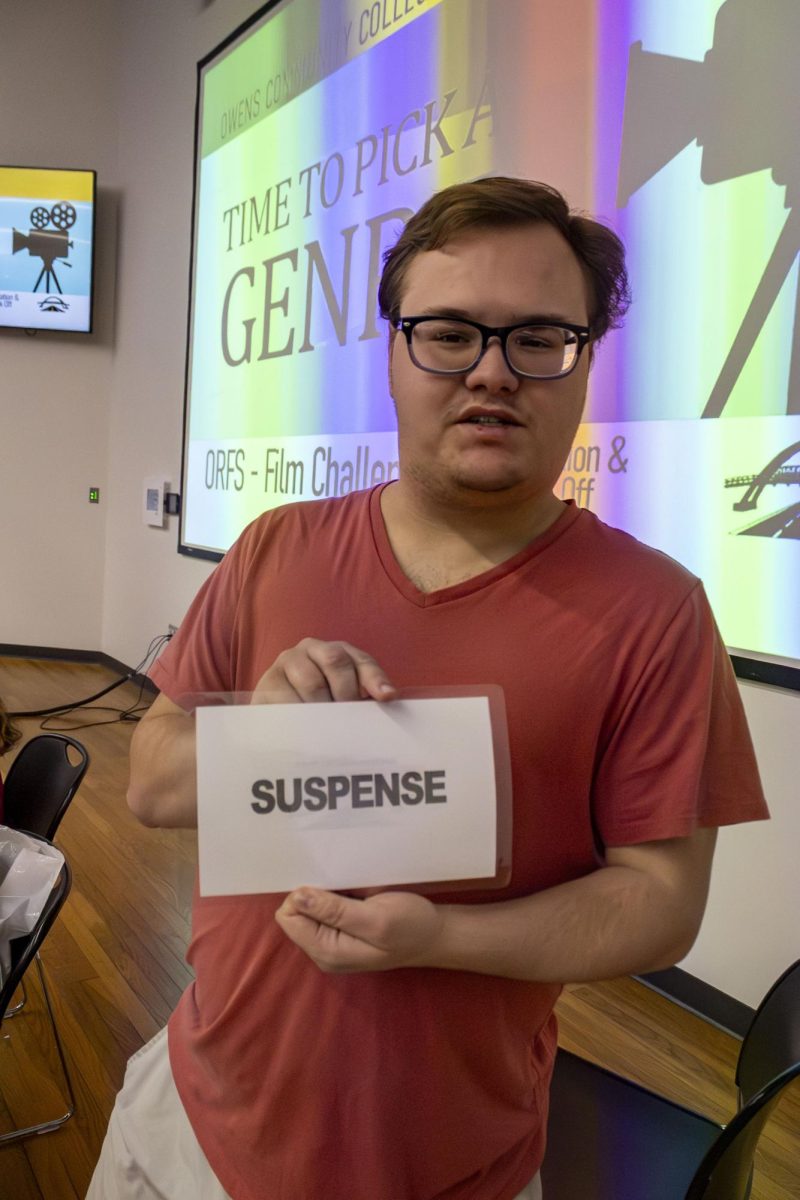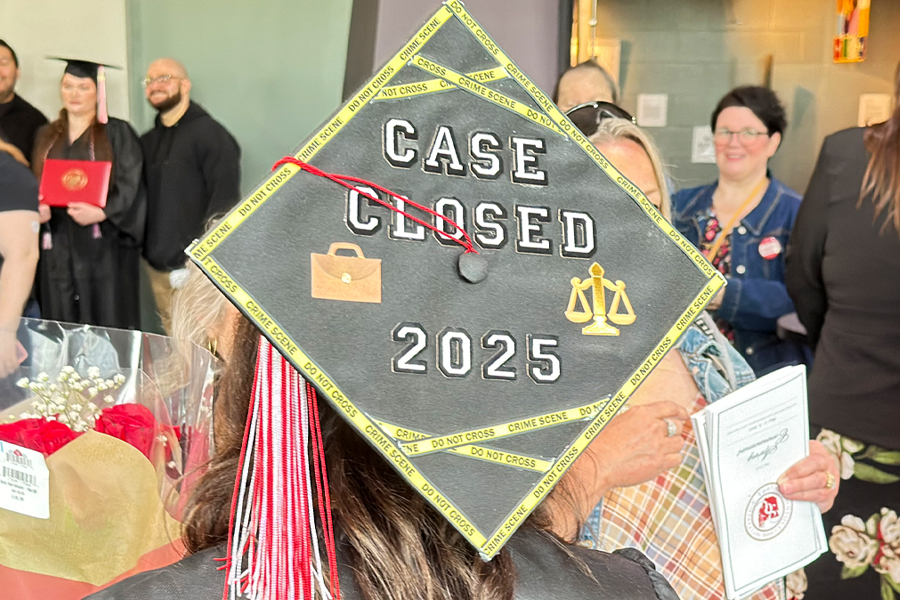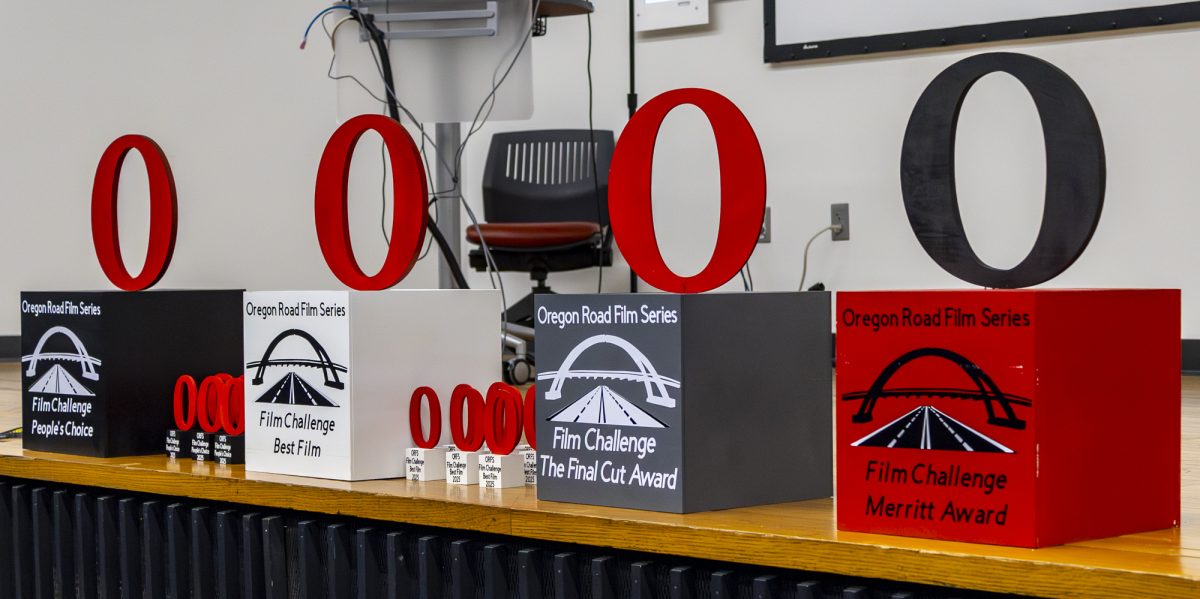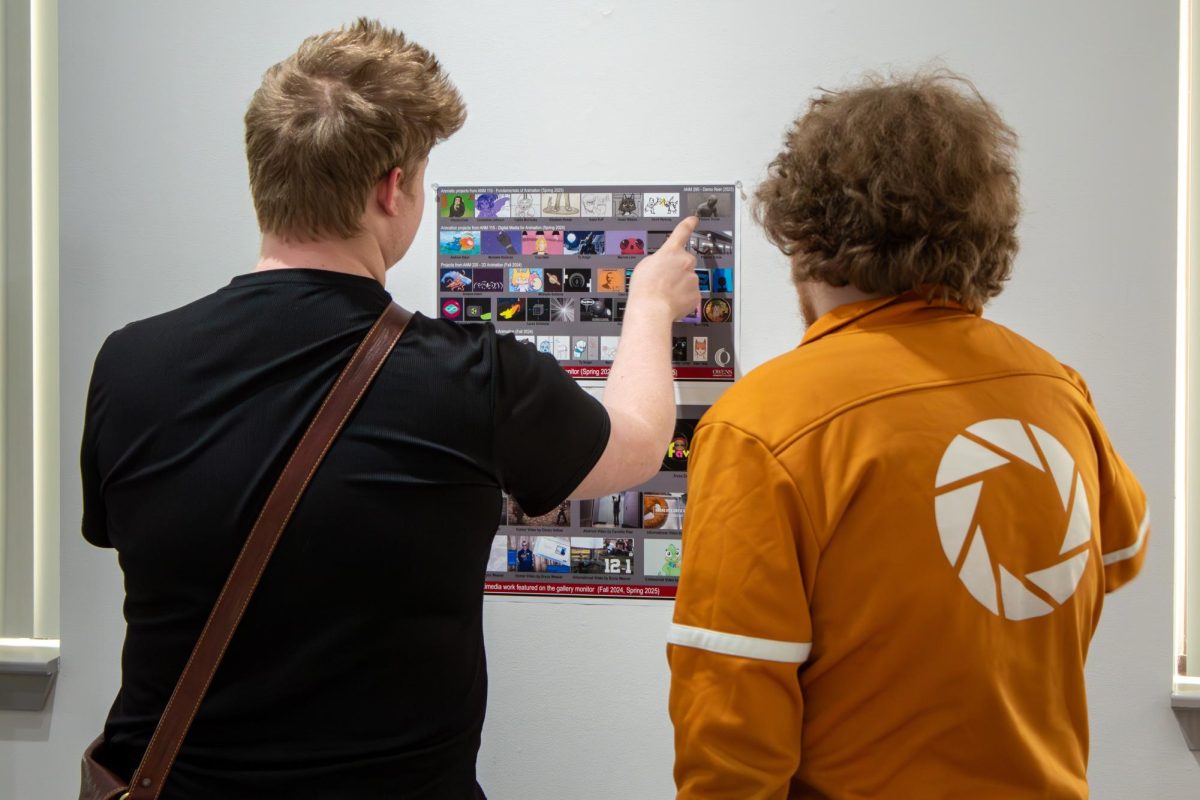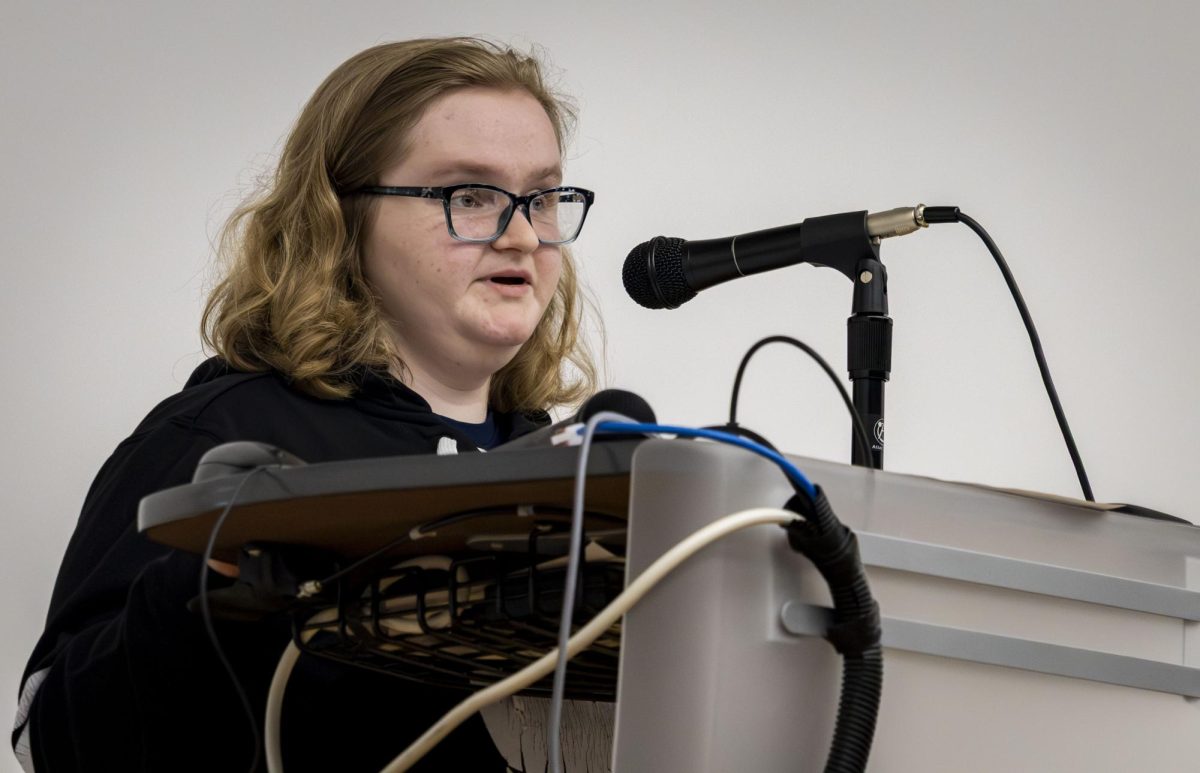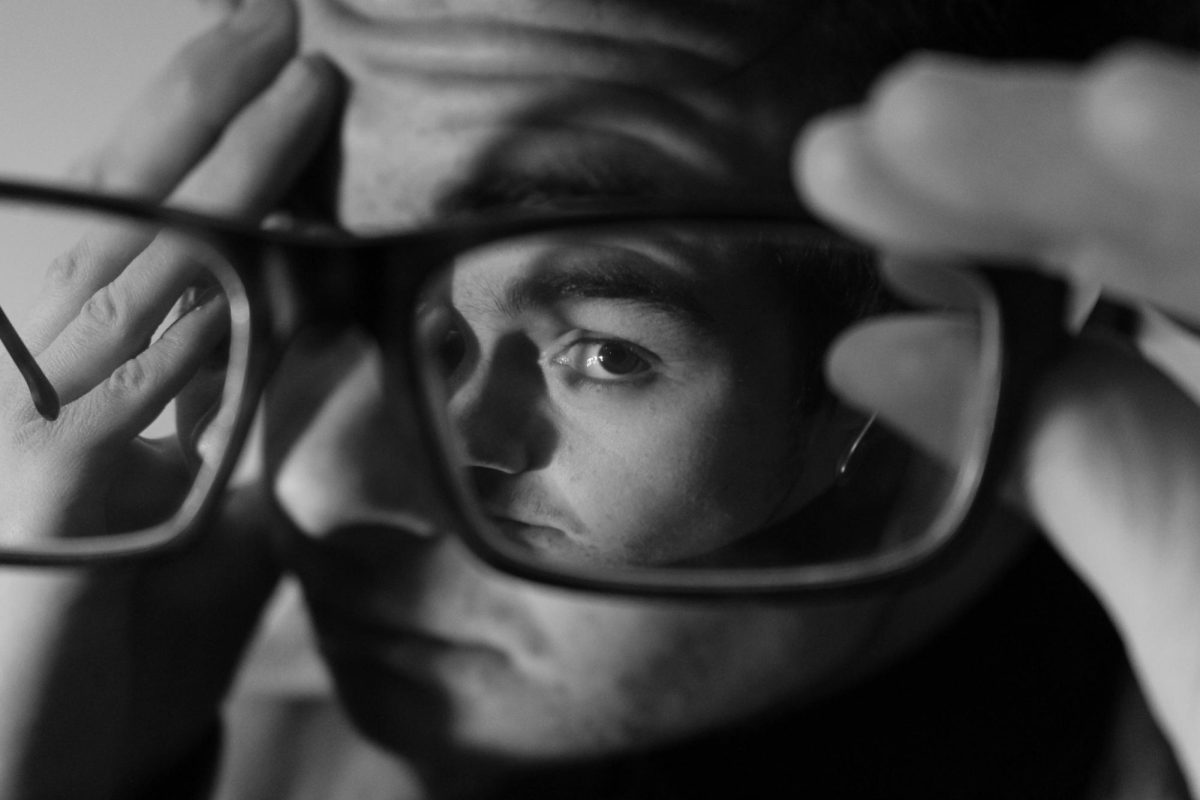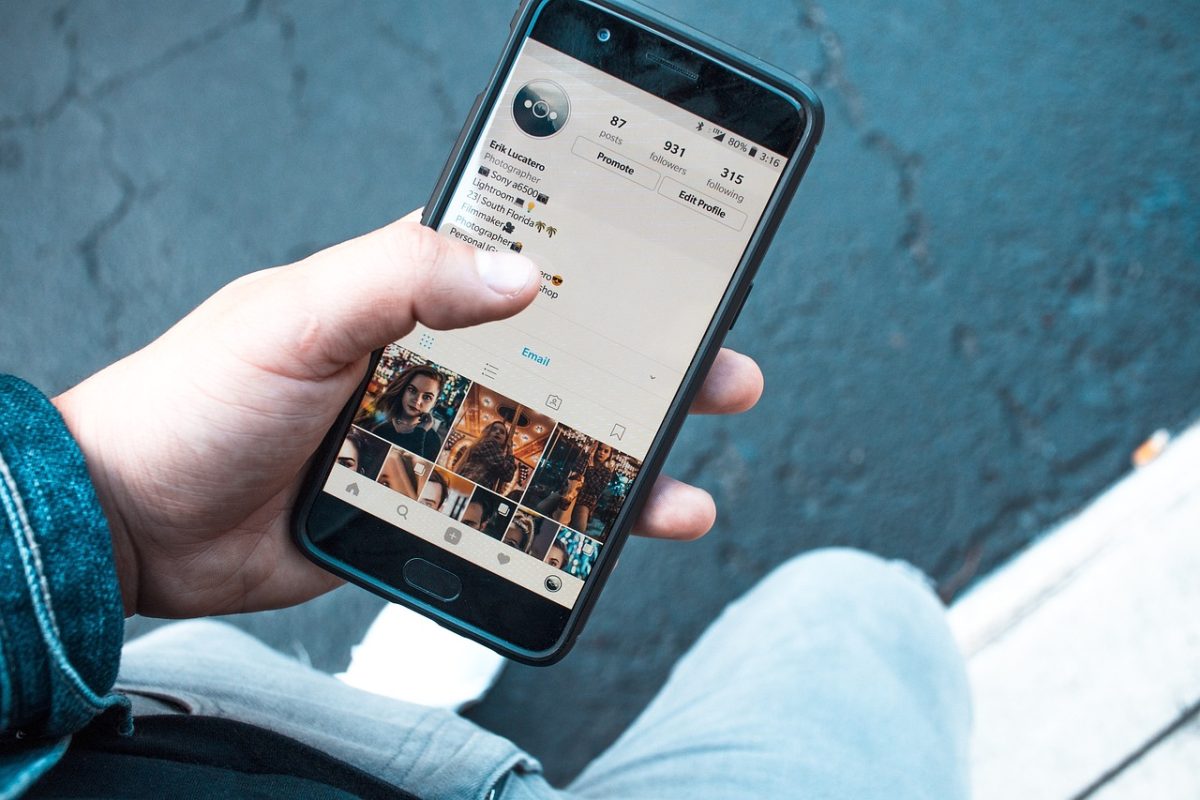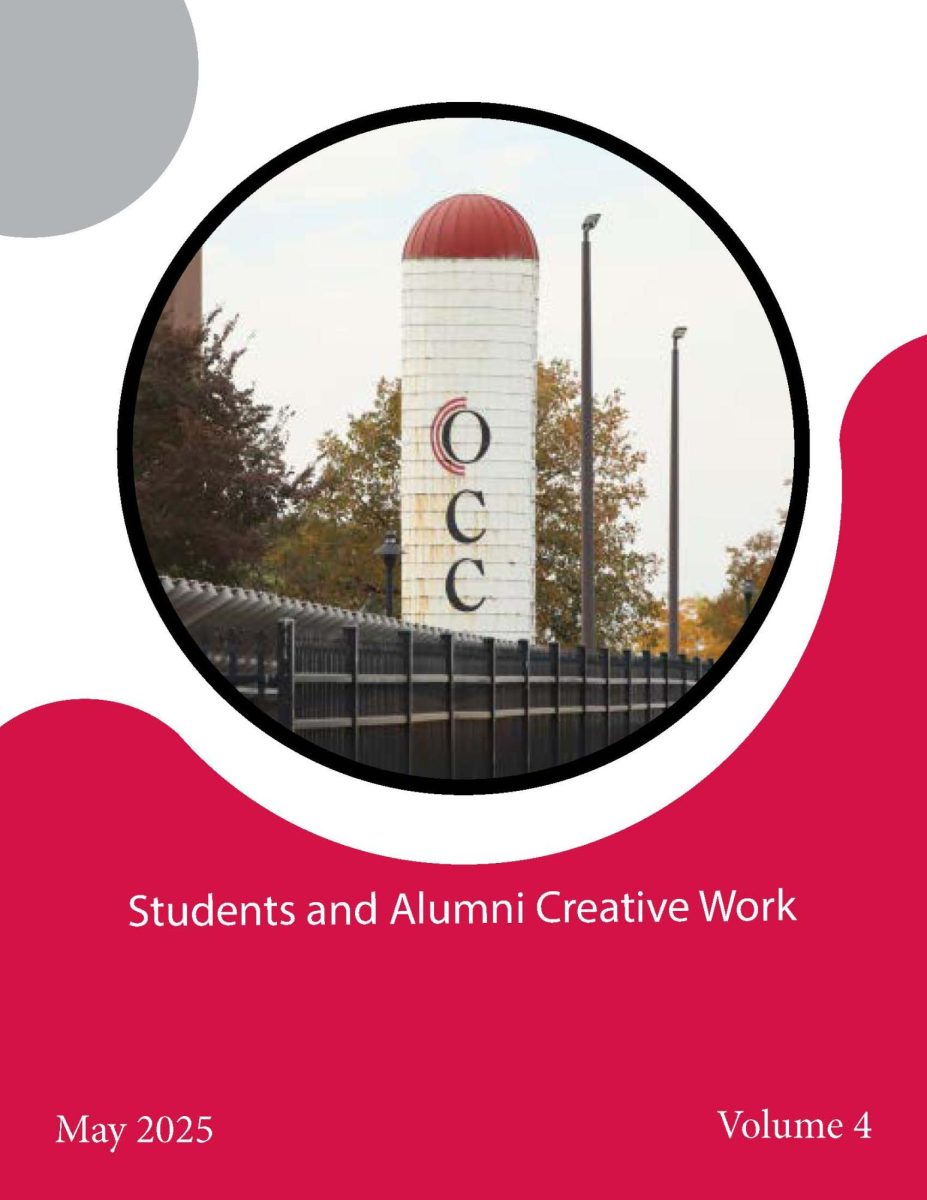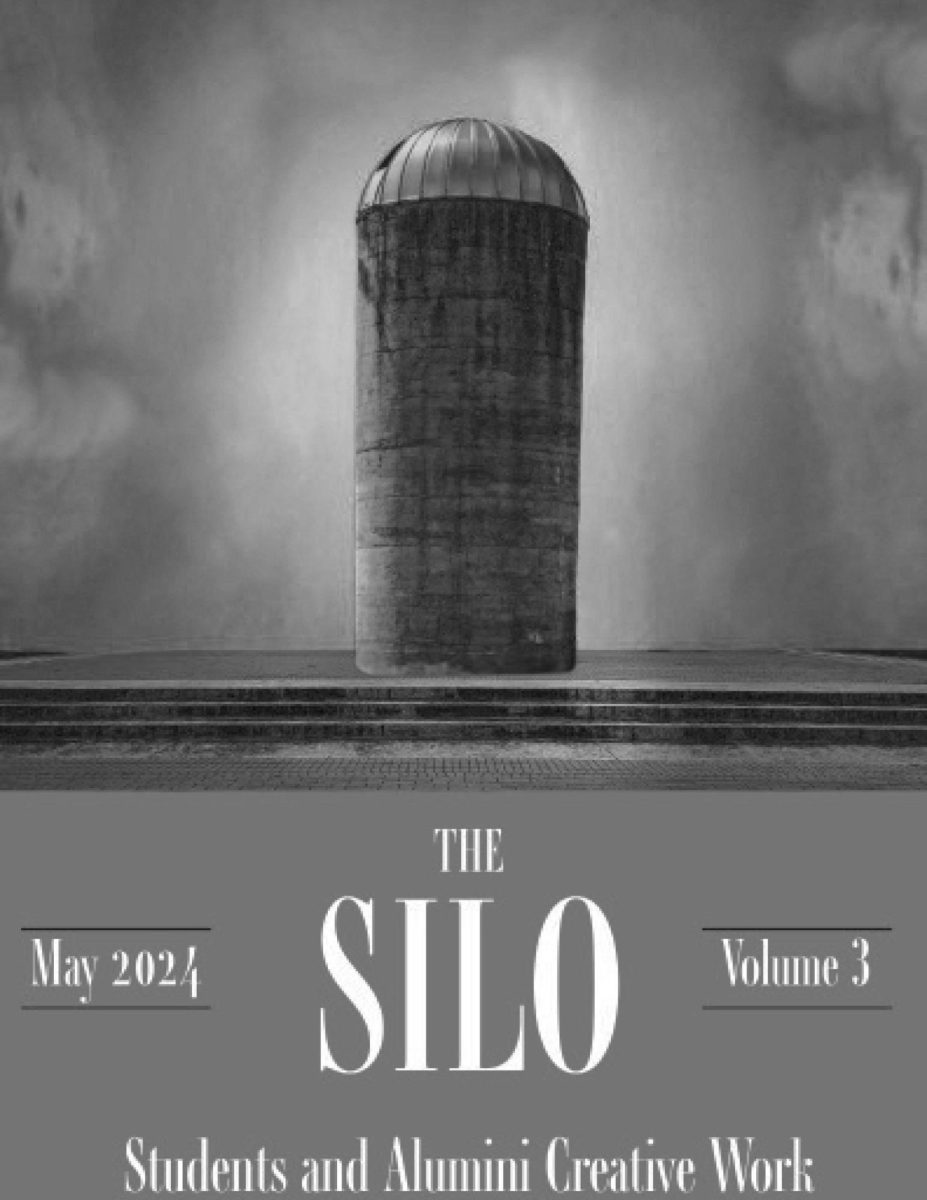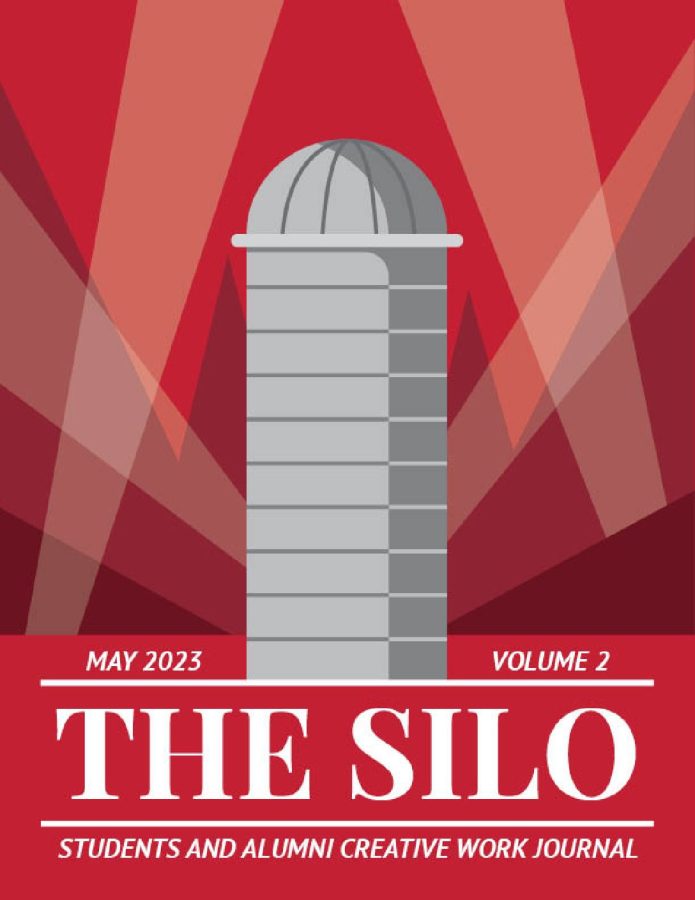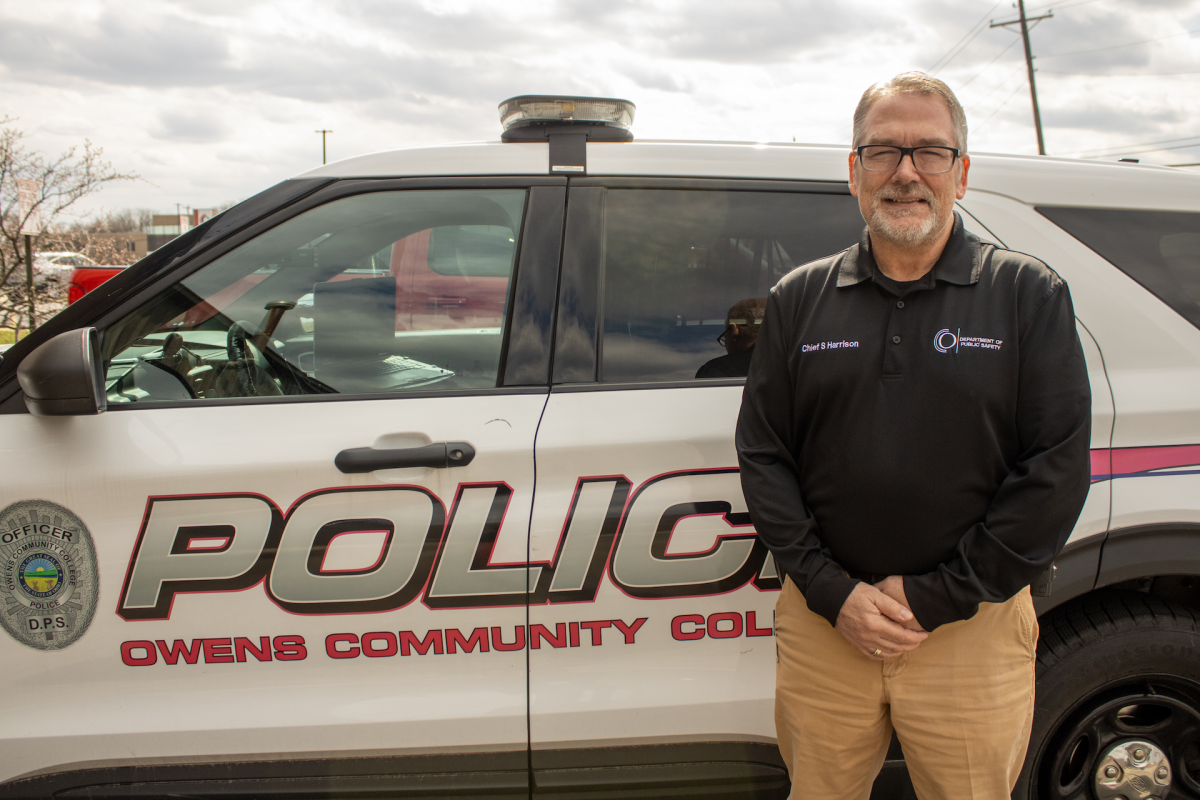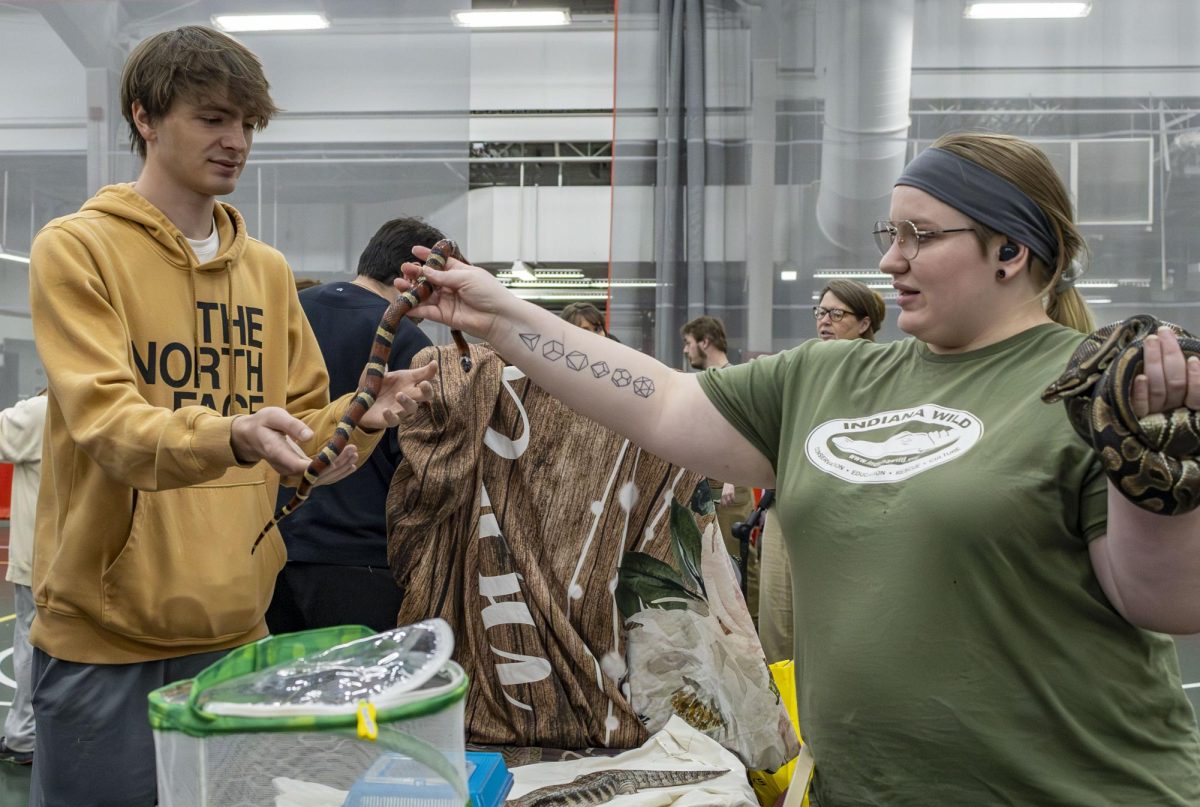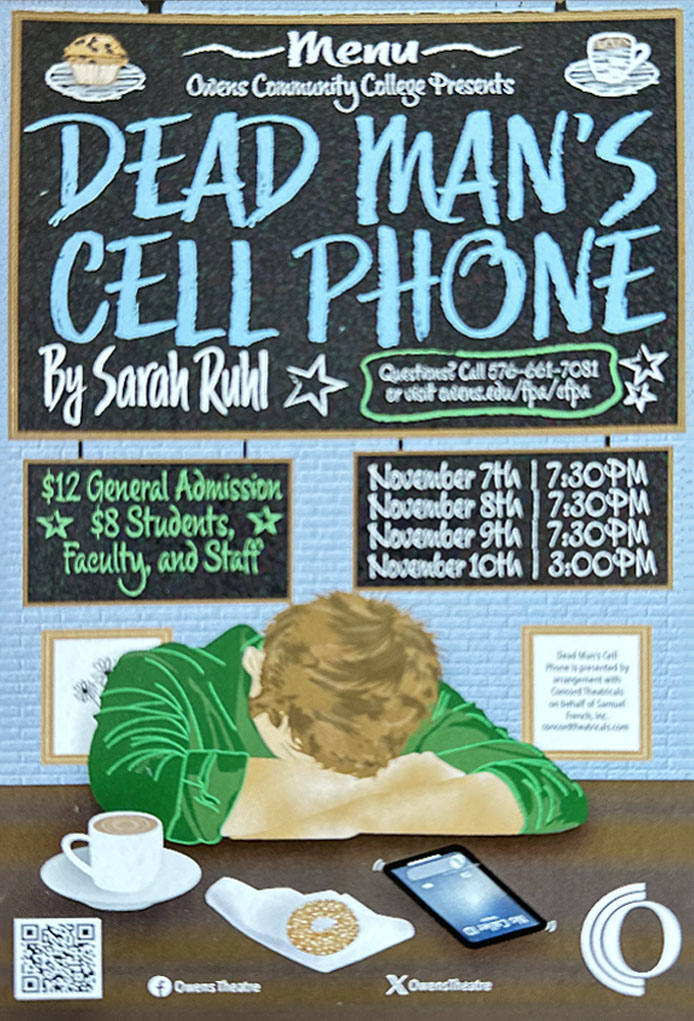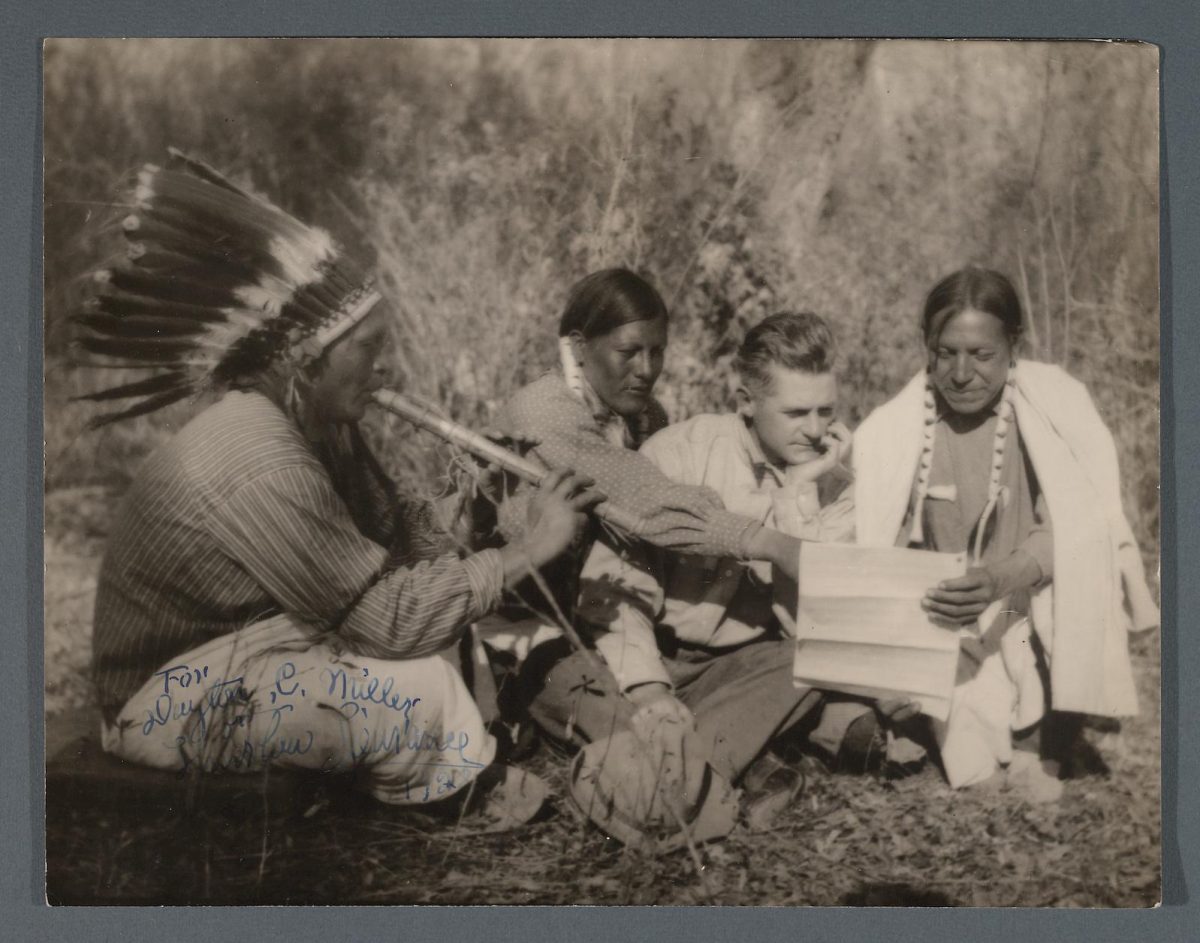How does the media portray law enforcement officers in our society today?
Media is a major factor in the perception of law enforcement officers. Media can change a person’s perception negatively or positively.
In today’s society, everywhere across the globe, there are many law enforcement officers being judged for how they handle different situations. Many tools have been implemented while law enforcement officers are working with like body cameras, and even additional cameras around their police vehicles.
All across the globe, many different types of media have been used to communicate with one another. These tools are also used to spread the good news about law enforcement officers. Some examples of media that are used today are computers, phones, magazines, Newspapers, and even news networks.
According to the Author, Sean Dawkins, in their article, “Law Enforcement and Social Media: Strengthening the Bond,” “Early forms of media were used around the late 1980s and progressively developed over time.” Another point the author stated in the text was, “The first Apple iPhone hit the market in 2007 and dramatically changed the future of social media.” Without the technology that is being used today, lots of people would not know what is happening and would not be notified as quickly by the media.
Looking at society many different media outlets have changed what people see and think about law enforcement. The author states, “Social media has crept into the livelihood of Americans to the point where many people exist primarily in online worlds. This deep and persistent engagement has created both positive and negative takeaways for society.”
One thing the author talks about media is, that “It has created a positive platform for police agencies to send and receive information, recruit resources and future officers, and engage with the public faster and more efficiently.”
Many departments are struggling to connect with the younger generation through social media. Generation Z is one of the newest generations that is comfortable with the connection with the online world, as Dawkins notes. The author writes, “The new generation of officers is ready to take the reins.” This new generation of police officers is more equipped to understand society and spread positive news about the police force.
Here in the Toledo community, Chief Harrison the local police chief, has recently commented on the perception of police in the media. Chief Harrison states that the reason how media portray the police positively is “The media helps positively portray law enforcement when they do stories that focus on the good things that law enforcement officers do on a daily basis rather than only focusing on the negative things. There are somewhere in the vicinity of 800,000 police officers in the United States, and the overwhelming majority of these officers perform their jobs professionally and admirably.”
“That’s why when an officer does something wrong, it stands out. And transparency in law enforcement is important, so when an officer does something wrong, the media has a duty to report on it. But being fair and impartial is also important, so when the media does positive stories on law enforcement, it reminds the public that most of their law enforcement officers are indeed honest and professional,” noted Harrison.
Moving forward in the future, Chief Harrison states, “I believe that you will see continued use of social media outlets by law enforcement. You’ll also likely see law enforcement continue to invite the media on ride-alongs, citizen police academies, firearms range days, use-of-force trainings, and other events where media professionals get some hands-on experience with law enforcement professionals.”
As law enforcement departments move forward some steps must be taken to successfully connect with more people. There is a possibility that people may create a fake account to spread misinformation to the public. People may also edit the body cam footage to portray the officer at hand as harmful. Before the police department can address these problems, it may be too late.
According to Dawkins, one way to regulate this problem is to, “Law enforcement can avoid potential negatives by recognizing the possible and likely futures of social media and the metaverse.”
Dawkins also mentioned that building a strong foundation in social media is crucial to connecting with the community. The author states that to achieve this goal, “The team size should be based on the department’s size and how much content is posted to the department’s social media websites.”
Ultimately, if law enforcement applies tools from the media, it should be able to help positively. Recruitment will rise if more people see the benefits of the departments. Different tools can be used to provide information and to help spread important news to society. As society moves forward in the technology era, many departments may explore to find a plan to achieve communication with their community.
If you are curious to hear more information, you may read more in the article provided and speak to your local law enforcement departments about the situation at hand.



